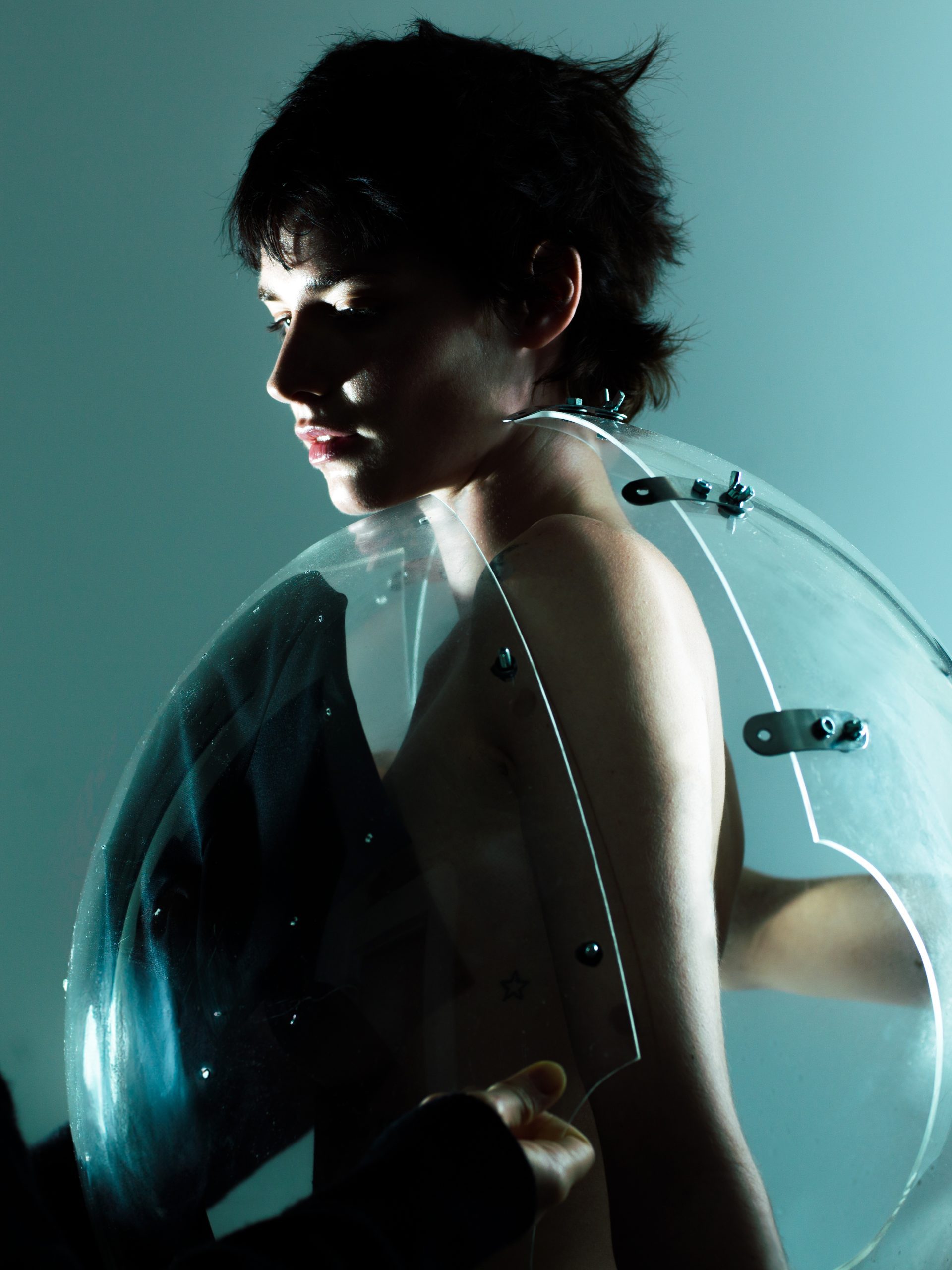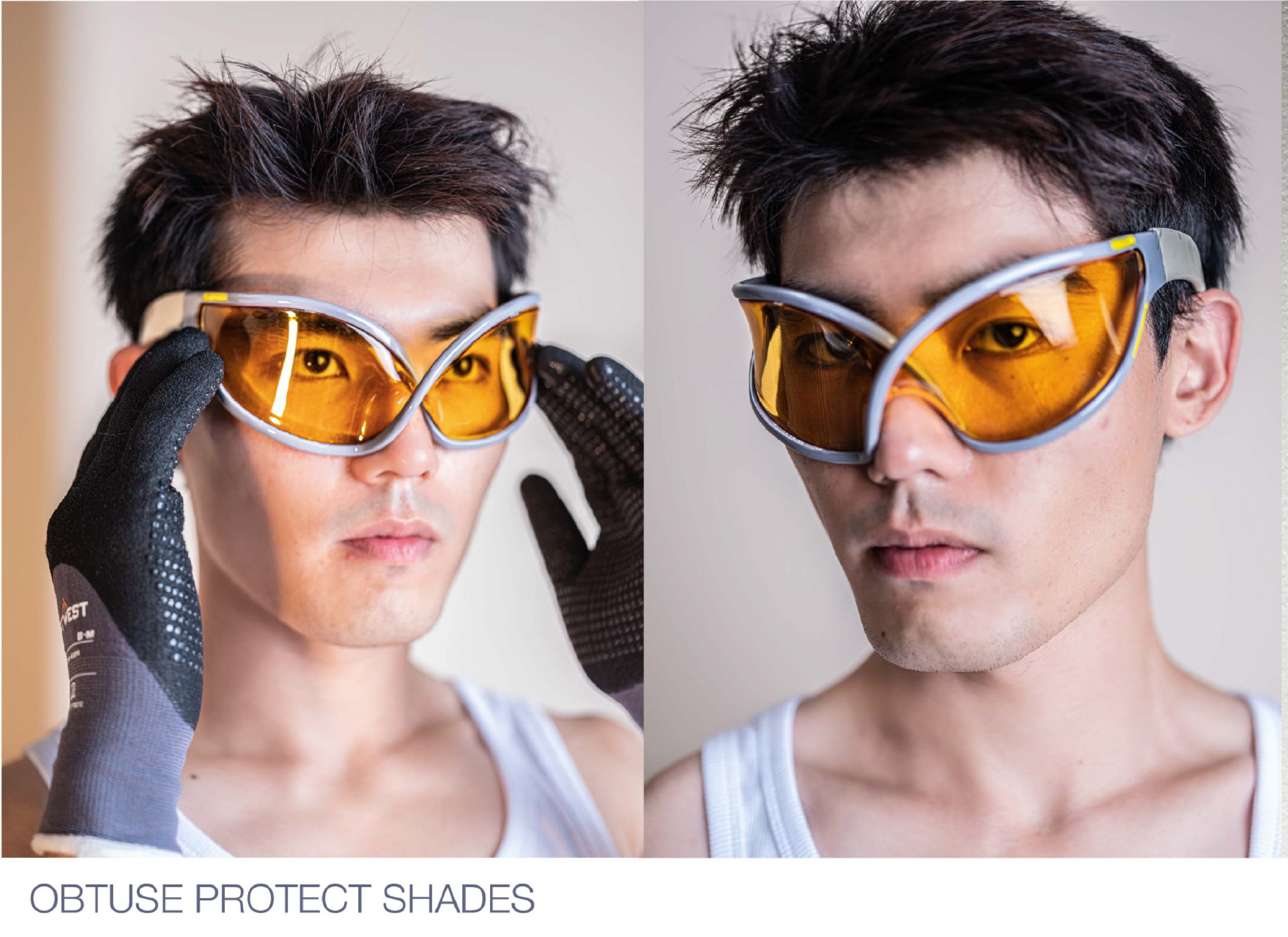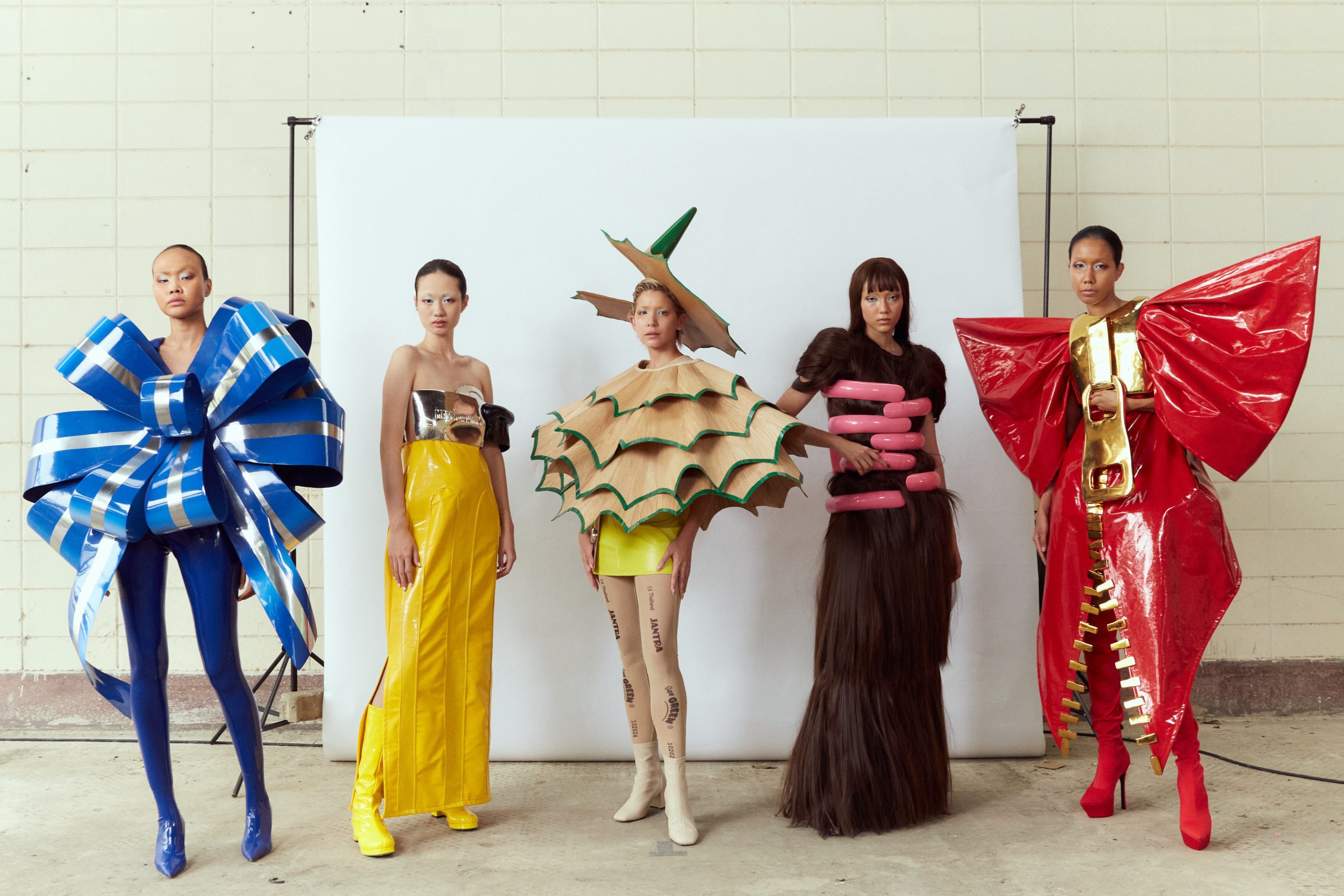The fashion industry has entered a new age, driven by “core” trends that are rapidly circulating on TikTok. “Cores” are micro trends that describe different styles and subcultures online. Different cores include “Barbie Core” (pink, hyperfeminine style relating to Barbie dolls), “Cottage Core” (romanization of rural life), “Ballet Core” (tutus, ballet shoes, and pastel colors) or “Norm Core” (mainstream basic clothing).
The user-driven nature of social media apps means that core trends are being driven by specific cultural moments, causing them to come in as quickly as they come out. The days of fashion guides by other publications on how to develop a personal style and classic wardrobes seem pre-historic. Here at GLITCH, we have been investigating if the rise of core trends has come at a cost of an individual’s personal style.
Core microtrends are specific and extremely detail orientated, usually linking to luxury designers or brands. In a trickle-down effect, many smaller brands imitate the bigger brands in the form of “dupes” meaning duplicates, which then spread to smaller brands. BarbieCore was associated with the hot pink Valentino’s FW23 collection. Cottagecore had the viral Lirika Matoshi Strawberry dress moment. Balletcore was linked to the elegant Miu Miu Satin ballerinas which intimate ballet pointe shoes (without the pain or training of being a dancer). These microtrends are rooted in identity and how individuals want to be seen as different and more importantly interesting.
Rayne Fisher-Quann Canadian essayist described on her loved substack “Internet Princess” the paradox of individuality and microtrends, and how in people are—ironically—becoming more alike while trying to be different.
With the constant curation of self online, it is clear that microtrends act as a vessel to channel your identity online. But does the homogenization of cores trends mean that individuals are losing personal style?
GLITCH interviewed notable fashion writer and commentator Alexandra Hildreth (also known as GUYFIERI SUPERFAN) about the rise of cores and the impact this is having on the fashion industry and individuals’ sense of self.
Hildreth believes that the rise of social media has led to a shift in communication between fashion writers and influencers, and consumers. Hildreth told GLITCH that “The industry is like a snake eating its own tale. Lots of people who talk about core trends on TikTok or people who make these core trends are more lifestyle and aesthetic content creators. It becomes a consumerist movement, where people buy into those aesthetics.”
Hildreth adds, “Lots of fashion writers don’t see trends as true personal style. It is how the public consumes fashion and adapts it into their own life and transforms that into what they are buying. You might not agree with the validity of labeling every aesthetic core, but you have to write about it because that is the way people are consuming fashion.”
Core style shopping articles and influencer culture promoting these trends have led to a constant stream of products to consume. The impulsive and interactive nature of the internet makes everything accessible and equally replaceable when the newest trend emerges. Microtrends rely on items of clothing having an expiration date: when they are in they are amazing, and when they are out you never want to be seen wearing it again. It is an exhausting, but successful marketing ploy that taps at consumer’s anxieties of not being interesting enough, making people want to buy more to feel cool. Clothing is inherently linked to identity and concepts of self. By subscribing to a “core” you are showing people this is the tribe you want to be a part of.
“Because we have so much unprecedented conscious engagement with the idea of personal style, we are seeing a lot of people who just dress really badly. It is too much content to absorb. People are thinking about it so much.” Hildreth states. “Before the internet personal style was more authentic because it wasn’t something you were consciously engaging with every single day for the purpose of cultivating an aesthetic. It was about the way you lived and what you liked?”
For Hildreth, a form of personal style is the outfit people run to the store in. It’s effortless and doesn’t require thinking. Hildreth admires Arianna Cho and Rian have a personal style because they know exactly what items of clothing they like and have spent time curating and understanding their own style.
Rachel Tashjian Wise Fashion Writer at Washington Post recently released her Vendetta against people losing their personal style in her exclusive newsletter “Opulent Tips.” Taking offense to the tryhards, Rachel believes that there are “Fashion Victims” and captures how today’s over-reliance on guidance from trends, has taken away from the lifelong quest of developing a style.
Dressing based on core styles and personal style are two separate things. Cores are fleeting and replaceable. Whereas, personal style is all-encompassing, slowly curated, and unique to each person. It slowly evolves and embodies scent, love, friendship, clothes, music, and books, and is shaped by relationships reflecting a person’s whole being. It cannot be taught by an algorithm, brand, roundup, or influencer online, because it’s specific to each person’s experience. What is truly special about personal style is the patience it takes to curate and develop. Cores can be fun and mark a moment of time, but the danger is making a trend your identity because as soon as it is gone you are left needing a new identity to replace the void.
Written by Amber Weir from GLITCH Magazine





